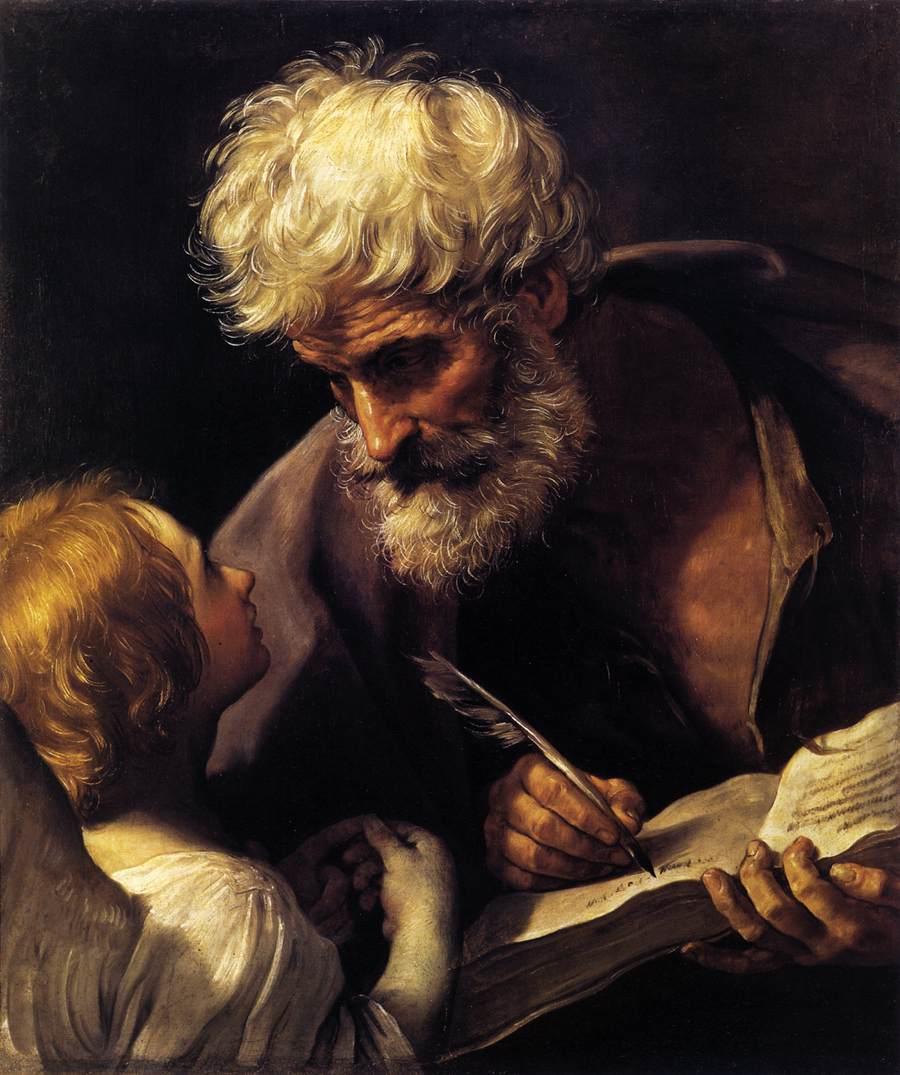Reading the Old Testament in the New: The Gospel of Matthew
Lesson One: Learning to Listen for Echoes: A New Approach to the New Testament

Lesson Objectives
- To understand how important the Old Testament is to reading and interpreting the New Testament.
- To learn what “typology” is and to appreciate its significance for reading the New Testament.
- To understand the relationship between the writers of the New Testament and other first-century Jewish interpreters of Scripture.
I. Course Introduction and Overview
A. The Power of Allusion
This past August marked the 40th anniversary of Martin Luther King’s famous "I Have A Dream" speech, surely one of the most important in our nation’s history.
It’s a beautiful speech. It’s powerful, it’s evocative. It stirred thoughts and emotions in the hearts and minds of the people who heard it then and it still makes for stirring reading and listening today (read it here, listen to it here).
What makes King’s speech so powerful and evocative is the way it’s written, the way it weaves a subtle skein of literary and historical allusions and echoes.
Without ever quoting directly from anybody, King brings together references to Lincoln’s Gettysburg Address, Shakespeare’s Richard III, the biblical prophets Amos and Isaiah, The Declaration of Independence, and the old hymn, "America." It wasn’t a case of plagiarism or King flexing his intellectual muscles or showing off his knowledge.
As the Protestant Scripture scholar, Dale Allison, observes in his book, Scriptural Allusions in the New Testament: Light from the Dead Sea Scrolls:
King’s borrowing from and allusions to traditional texts constitute more than simple ornamentation. The use of Lincoln implies that King’s cause is the continuation or completion of the freeing of the slaves. The allusion to Shakespeare is a way of asserting that King cannot be easily dismissed - he is intimately familiar with the educational tradition of his white opponents. the lines from the Bible make appeal to a sacred text with authority for both the white and African American communities and, more than that, imply that God is on King’s side. The use of The Declaration of Independence and ‘America’ announce that King is a patriot - some had slandered him for not being such - whose dream for his people in particular is the fulfillment of the American dream in general.
Allison, who is one the very best New Testament scholars in the world today, sees the same kind of evocative artistry at work in the Bible. This is the artistry that we’re going to study in this course.
Other Lessons
- Lesson Two: Son of David, Son of Abraham
- To read Matthew 1-2 with understanding.
- To learn the Old Testament history and background behind the quotations and allusions used in the prologue to Matthew’s gospel.
- To gain a fuller appreciation of Matthew’s depiction of Jesus as a “new Moses.”
- Lesson Three: ‘Not to Abolish, But to Fulfill’
- To read Matthew 3-7 with understanding.
- To understand the Old Testament background and allusions in Matthew’s depictions of John the Baptist, the Baptism of Jesus and His temptation in the wilderness.
- To understand the crucial importance of Jesus’ summary in the Sermon on the Mount: “Do not think that I have come to abolish the law or the prophets. I have come not to abolish but to fulfill.”
- Lesson Four: Healing and Restoration
- To read Matthew 8-10 with understanding.
- To understand the Old Testament background and allusions in Matthew’s depiction of Jesus’ healings and other miracles and the growing tensions with the scribes and Pharisees.
- To understand how Matthew uses evocations of select Old Testament prophets to convey that in Jesus, the long-anticipated “restoration” of Israel has begun.
- Lesson Five: Riddles of Rejection, Rock of Foundation
- To read Matthew 11-18 with understanding.
- To understand the Old Testament background to Jesus’ teaching in parables.
- To understand the deep Old Testament context by which Matthew conveys that Jesus is the long-awaited Messiah and the Church is the restoration of the Davidic Kingdom.
- Lesson Six: David’s Son, David’s Lord
- To read Matthew 19-28 with understanding.
- To understand the Old Testament background to Matthew’s depiction of Jesus’ entry into Jerusalem, His Passion and death.
- To understand the deep Old Testament context by which Matthew conveys that Jesus is the long-awaited “Son of David” and the “Son of God.”


